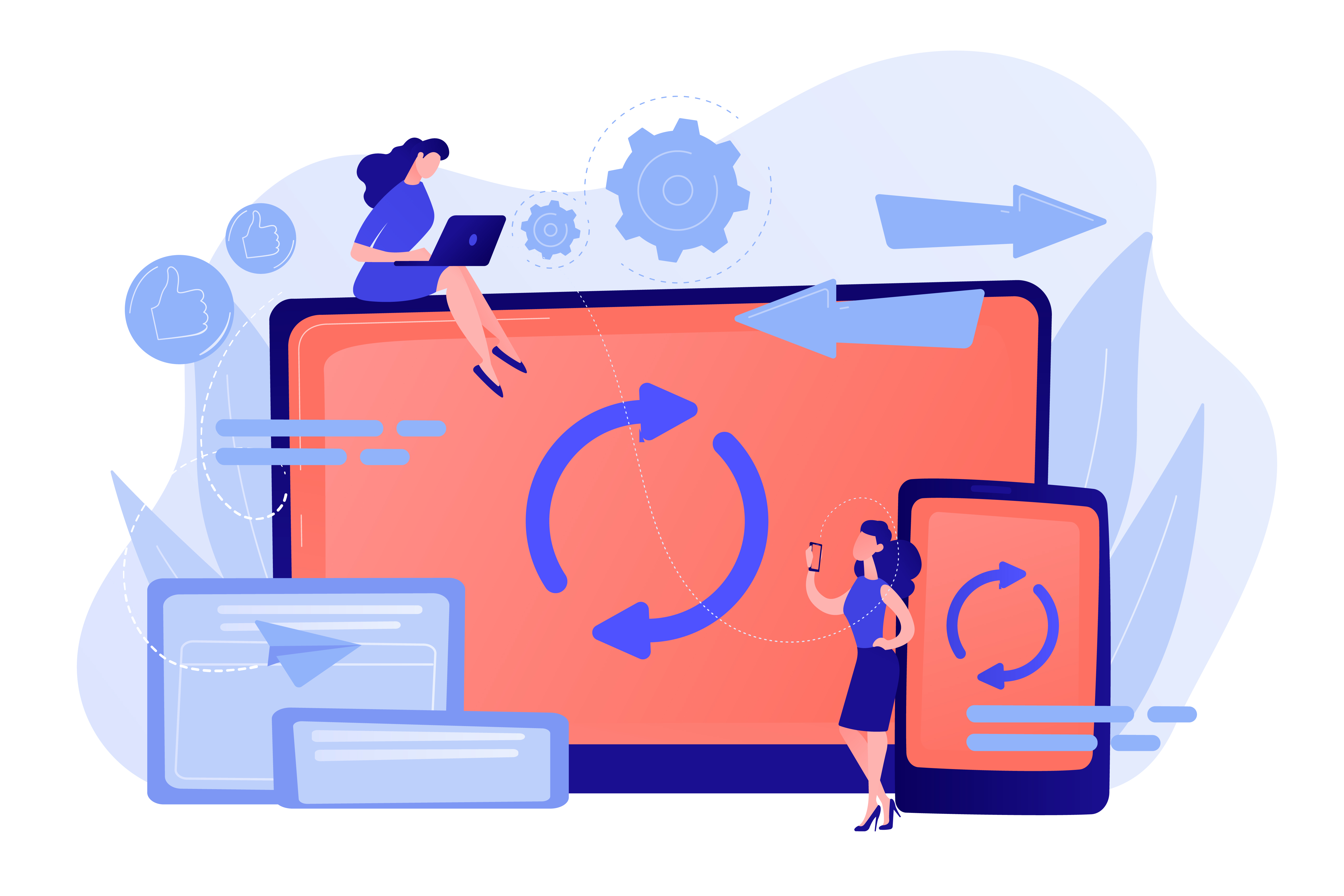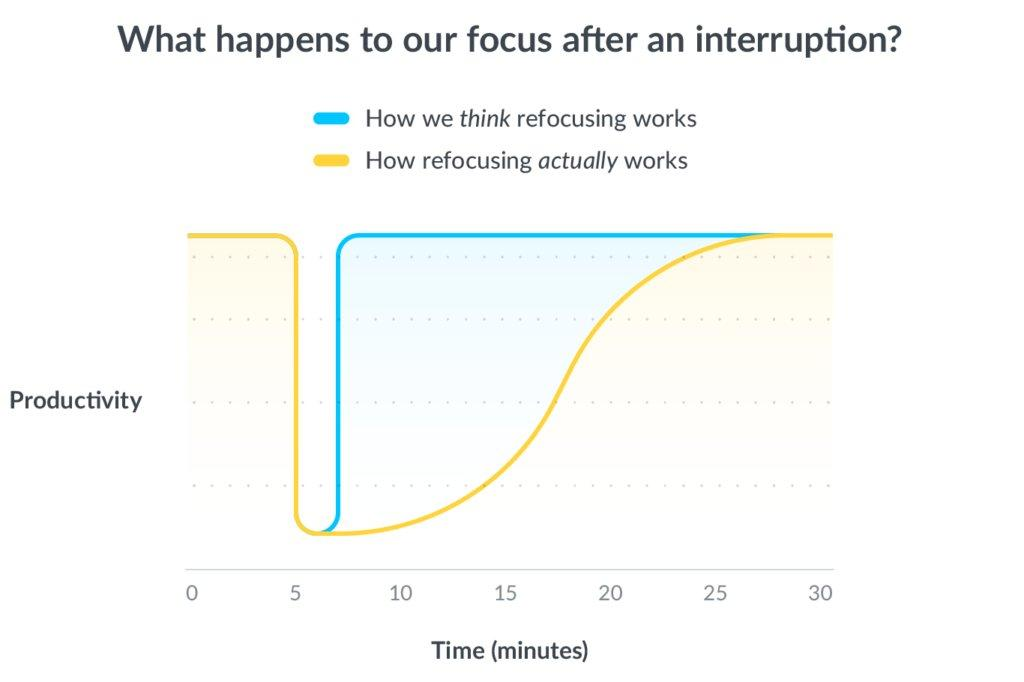· Dr. Andreas Koeberl · 6 min read
The New Productivity Revolution: Shifting to Asynchronous Workflows with AI Co-Workers
How Asynchronous Workflows with AI Co-Workers Boost Efficiency and Free Humans for High-Value Tasks.

As AI technology advances, AI co-workers powered by advanced models and systems are revolutionizing the way teams communicate and work. Traditionally, businesses have relied on synchronous communication—meetings, phone calls, and real-time discussions. But with AI co-workers, the workplace is moving toward asynchronous communication, leveraging automation and generative models to bring new levels of productivity and efficiency. This shift isn’t just technical—it also causes profound cultural and organizational changes. In fact, AI can now autonomously perform a diverse set of tasks by processing user instructions, or acting based upon internal or external triggers and utilizing various external tools and software, enhancing these asynchronous interactions by performing them based on data-driven models without real-time intervention. These AI agents continually learn from user actions and data, expanding their capabilities to support complex business processes.
In our previous post, we explored productivity gains through the shift of tools towards autonomous AI. Elaborating on that, in this post, we’ll explore how AI co-workers, utilizing generative models and advanced tools, are reshaping communication systems, the benefits of asynchronous workflows, and the organizational shifts that come with this new way of working.
AI Co-Workers Don’t Sit in Meetings
One key difference between AI co-workers and human colleagues is their ability to work without constant, synchronous check-ins. AI co-workers don’t need to be part of live discussions or wait for user instructions during meetings. They handle tasks through automation in the background, continuously processing data and executing actions without disruption. These AI systems use advanced software and memory models to manage and execute complex processes seamlessly.
Consider a human employee’s typical day filled with meetings and real-time updates. Each interruption requires time to refocus, which hurts productivity. The attached image (see Exhibit 1) shows how we often underestimate the time it takes to regain focus after an interruption. By functioning independently of meetings, these AI co-workers optimize business performance, reduce disruptions, and enable asynchronous workflows where tasks are completed efficiently without the need for constant supervision. Their systems leverage data-driven processes to maintain high levels of productivity even in complex environments. The Humans-In-The-Loop are able to provide feedback to the AI co-workers when their time allows.
Exhibit 1: Productivity Gaps Caused Through Interruptions
AI Co-Workers Are Available 24/7
Unlike human employees, AI co-workers are available 24/7—even when the human team is off the clock. This leads to a continuous work cycle where tasks are completed at any hour, ready for human review in the morning. Furthermore, through multi-agent systems and secure data management tools, AI agents can collaborate in the background with other AI agents to tackle complex tasks, enhancing (enterprise) productivity and operational efficiency significantly.
For businesses, this means productivity doesn’t stop at the end of the day. Routine tasks, such as answering client inquiries, processing data using advanced models, or managing inventory through automation systems, can be handled overnight by AI co-workers. By the time employees return, the AI agents will have prepared the groundwork, allowing for seamless handovers between machine and human workers. This continuous process ensures that business operations remain efficient and responsive around the clock.
AI Co-Workers Operate in a 1:Many Ratio, Scaling Across Teams
One of the greatest advantages of AI co-workers is their ability to work across multiple teams, departments, and tasks within a company. Unlike human workers, who typically operate in a 1:1 capacity, AI co-workers function in a 1:Many ratio, meaning they can handle workloads for numerous clients, teams, or projects simultaneously. Their advanced capabilities allow them to utilize diverse tools and applications to support multiple processes concurrently.
For example, an AI co-worker assigned a Junior Account Manager role can handle scheduling, emails, and reporting for dozens or even hundreds of clients simultaneously—something a single human worker couldn’t manage. Utilizing advanced automation and data management, these AI agents ensure high performance and secure handling of client information. This scalability makes AI co-workers a powerful force for efficiency, reducing the need for extra hires while maintaining consistent service levels across the enterprise.
The Organizational and Cultural Shift to Asynchronous Communication
The shift to asynchronous communication represents more than just a technical evolution—it’s a cultural and organizational transformation supported by complex AI models, automation tools and data management. In traditional work environments, synchronous communication—where workers rely on real-time interactions—has been the norm. Whether in the form of meetings, phone calls, or live chats powered by collaborative software, this structure revolves around immediate responses and real-time collaborative discussions.
With AI co-workers, the workplace begins to function differently. Asynchronous workflows allow employees to delegate tasks to AI agents using advanced automation tools and software, and pick them up when it fits into their own schedules. This flexibility reduces the need for constant, real-time collaboration and lets human workers focus on deep, meaningful tasks that require complex reasoning and creative problem-solving.
This shift, however, comes with key cultural adjustments related to system management and team dynamics:
- Trust and Autonomy: In an asynchronous work environment, employees must trust that their AI co-workers will execute tasks efficiently using advanced AI models and automation systems. This fosters a culture where autonomy and individual responsibility are emphasized, rather than micromanagement and constant oversight.
- Reduced Reliance on Meetings: With AI co-workers managing routine tasks autonomously, businesses can scale back on unnecessary meetings. This change can be a challenge for teams accustomed to real-time communication but offers the benefit of more focused, productive work time and enhanced performance.
- Shift in Collaboration: As asynchronous work increases, human teams will need to rethink how they collaborate. Instead of immediate responses, teams will need to adopt new tools and mindsets that allow for delayed yet thoughtful communication, ensuring projects continue to move forward smoothly. With the support of no-code platforms and integrated system management, organizations even have the liberty to customize AI workflows to better fit into their unique structures and communication styles.
How Asynchronous Communication Amplifies Productivity
The move to asynchronous communication with AI co-workers drastically improves human productivity. Without the constant interruptions caused by meetings or real-time check-ins, employees can focus on complex tasks without needing to stop and restart their flow of work. As the image (see Exhibit 1) suggests, every interruption in a synchronous environment has a hidden cost—it takes time to refocus and return to peak productivity, reducing overall performance. AI-driven processes minimize these disruptions, allowing employees to maintain a steady workflow and enhance their efficiency.
AI co-workers, however, thrive in asynchronous settings by leveraging machine learning models and advanced systems. By handling tasks autonomously through sophisticated software and providing results at set intervals, AI agents free up human workers to dive deeper into their work. This allows human employees to maximize their cognitive and creative abilities, utilizing enhanced capabilities to work on high-value tasks without frequent breaks in concentration. Additionally, AI agents continuously learn from data to improve their performance and support more complex processes over time.
As organizations embrace asynchronous workflows and the support of AI co-workers, they unlock new levels of flexibility and efficiency. The future of work is here, and with AI co-workers seamlessly integrated into teams and work environments, businesses can fully embrace the power of asynchronous communication to create a more agile, productive, and innovative workplace.




